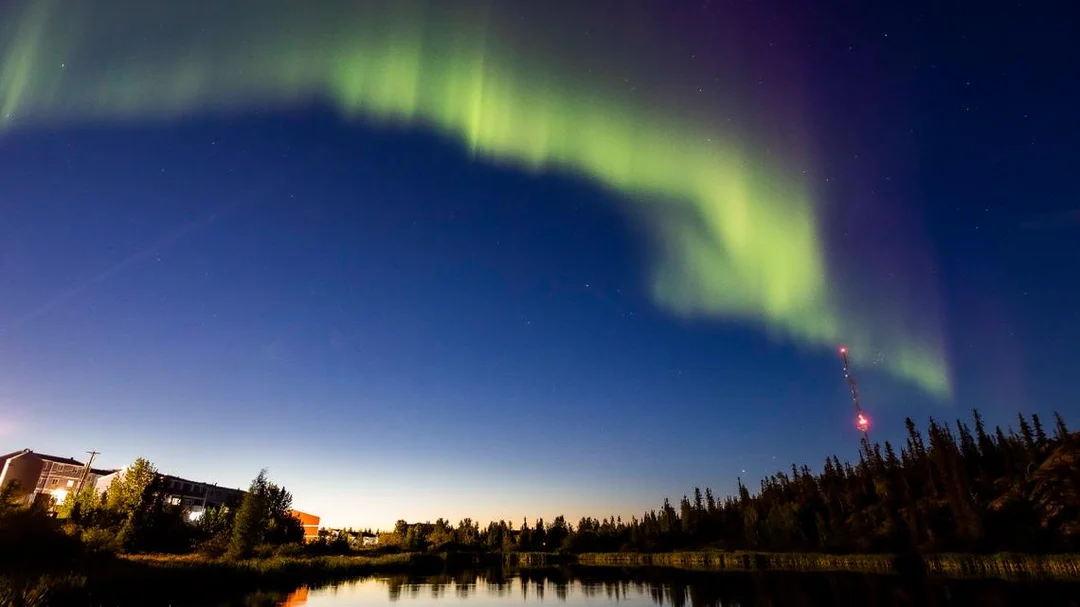
Northern Lights Spectacle: 10 States Could Witness Aurora Borealis This Week – Don’t Miss Out!
Get ready for a celestial treat! The Northern Lights, also known as the Aurora Borealis, are predicted to grace the skies of several northern U.S. states this week. Thanks to recent geomagnetic storms, the mesmerizing phenomenon is expected to dip further south than usual, offering a rare opportunity to witness this stunning display. Is your state on the list?
According to the National Oceanic and Atmospheric Administration (NOAA), Wednesday night presents a prime viewing window. The NOAA forecasts a Kp index of four on a scale of nine, suggesting a visually pleasing aurora experience for those in the right locations. The aurora should be quite vibrant as they move further from the poles. But the displays are likely to continue through Friday, so don't despair if you miss tonight!
Where to Look?
While Alaska and northern Canada remain prime locations, several other states are in the running. Keep an eye on the skies in northeastern Washington, northern Idaho, Montana, North Dakota, northern Minnesota, and Upper Michigan. There's even a chance for viewers in parts of South Dakota, Wisconsin and Maine, as reported from NOAA.
When's the Best Time?
The prime viewing hours are between 10 p.m. and 2 a.m. local time. Be sure to position yourself at a north-facing, high vantage point, away from pesky light pollution.
Capture the Magic
Want to share the spectacle with the world? Photography experts at National Geographic recommend using a regular camera with a tripod, a wide-angle lens, an aperture of four or less, and a focus set to the furthest possible setting. If you're using a smartphone, enable night mode and disable the flash.
Why Now?
The increased visibility of the Northern Lights is attributed to a "solar maximum", achieved on the sun’s surface in October, according to NASA. This event, part of the sun's 11-year cycle, causes solar flares and coronal mass ejections, which send electrons to Earth, colliding with atmospheric gases and producing the vibrant auroral displays.
But it’s not all visual delight, some minor to moderate radio blackouts are likely in the coming days that may impact the function of high-frequency radio communications.
Wisconsin's Chance
Specifically, Wisconsinites may have an enhanced opportunity to see the lights, particularly on May 27th, with potential visibility reaching as far south as central Wisconsin on May 28th. With an aurora forecast of Kp five and four, this is potentially Wisconsin's biggest aurora season to date!
Share Your Photos!
Have you spotted the Northern Lights recently? What are your favorite tips for photographing this natural wonder? Share your experiences and photos in the comments below!